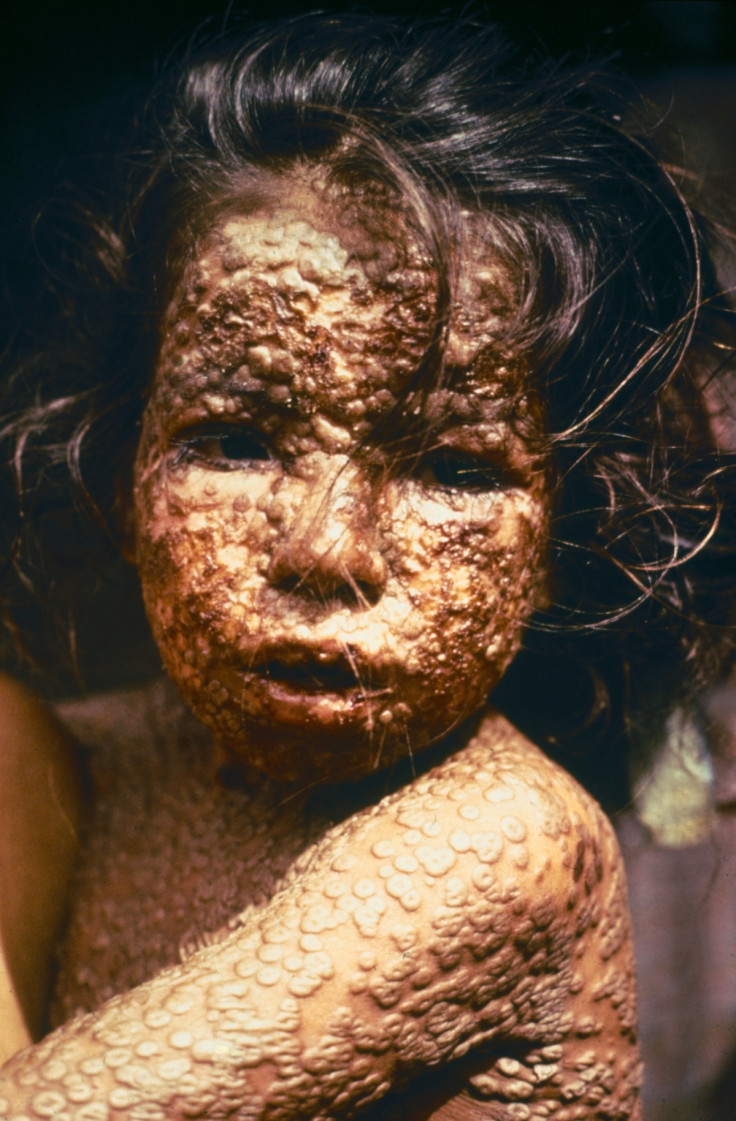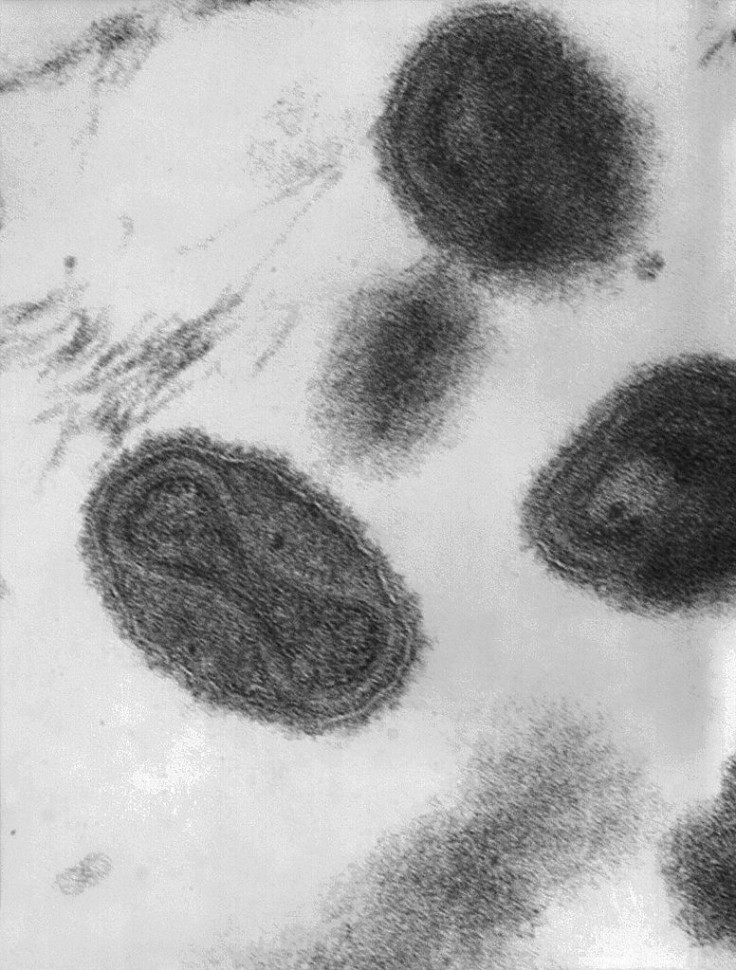Ebola Prevents Destruction of Remaining Stockpiles of World's Deadliest Disease Smallpox

Some of the last stockpiles of one of the world's deadliest diseases cannot be destroyed because the World Health Organization is too busy with Ebola to oversee the procedure.
Currently, the remaining stockpiles of smallpox are held by US and Russia in high-security laboratories. Smallpox is estimated to have killed up to 500 million people in the 20th century but vaccination campaigns led to its eradication in 1979.
Six vials of the virus were discovered at the US National Institutes of Health (NIH) in Maryland in June and were marked for destruction by autoclave, Nature magazine reports.
However, they are still sitting in a high-security freezer because of an international agreement that means a WHO representative must witness the destruction – but the Ebola outbreak in West Africa has meant no one is available to act as a witness.
Alejandro Costa, head of the WHO team that monitors smallpox, said arrangements for the trip to the Centers for Disease Control and Prevention (CDC) has been difficult because of the Ebola outbreak.
The NIH vials were found in an unmarked cardboard box and shipped to the CDC. The CDC and Russia's State Research Centre of Virology and Biotechnology (Vector) are the only laboratories in the world authorised to work on the smallpox virus as part of an agreement that says all stocks must one day be destroyed.
The CDC said it would destroy the NIH samples immediately after it carried out tests to establish the virus was alive – that it could grow tissue in culture. "The WHO oversees the inspection of these smallpox facilities and conducts periodic reviews to certify the repositories for safety and security," it said in a statement.

"If viable smallpox is present, WHO will be invited to witness the destruction of these smallpox materials, as has been the precedent for other cases where smallpox samples have been found outside of the two official repositories."
What will happen to the remaining smallpox stockpiles once the NIH vials are destroyed is currently being debated.
Both the US and Russian governments have put off setting a deadline for its destruction because they believe more research should be carried out to ensure they are preparated in the event of a terrorist attack or accidental release.
WHO said it will postpone any decision on stock destruction until a report is released assessing the risk of bioterrorism, which is likely to be in 2016.
Earlier this year, a group of researchers led by Inger Damon published an opinion piece in PLOS Pathogens calling for the stockpiles to be kept: "Variola is unusual in that it is known to be a sole human pathogen, the viral and host factors responsible for this human-specific tropism remain essentially unknown to this day.
"Greater exploitation of current technologies may lead to additional therapeutic or diagnostic products to better respond to any future emergency situation resulting from a smallpox appearance."
However, Donald Henderson, who led the WHO effort to destroy smallpox, disagrees. He said: "Let's destroy the virus and be done with it."
© Copyright IBTimes 2025. All rights reserved.






















